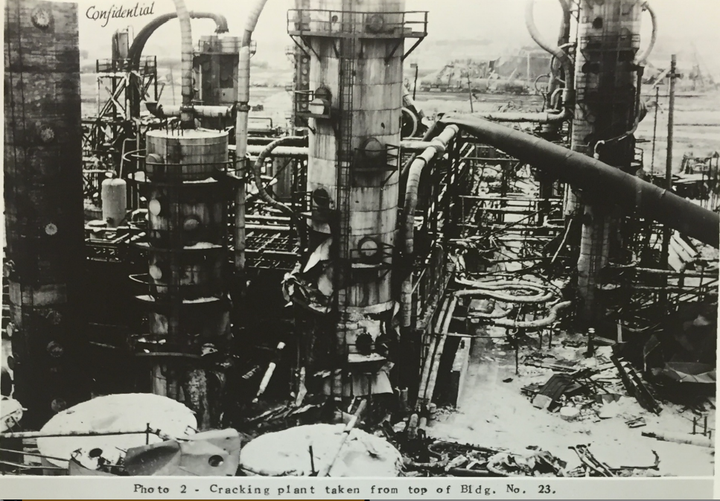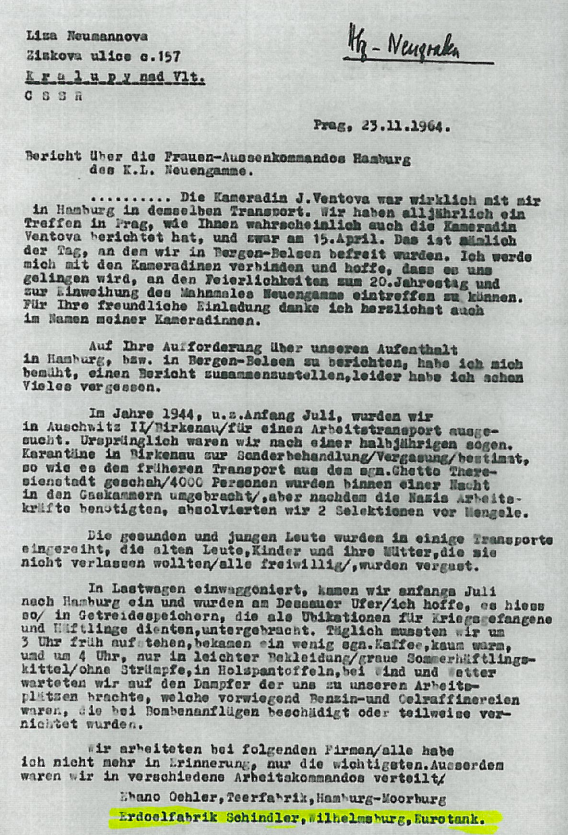
A new book by New Yorker journalist Jane Mayer about billionaire oligarchs Charles and David Koch reveals that the initial Koch fortune accrued by their father, Fred Koch, was built with contracts from the authoritarian regimes of Nazi Germany and the USSR.
It's been known for some time that Fred Koch lived, worked and made millions in the USSR during Josef Stalin’s reign. He would tell people later in life that his experience with the repressive Communist regime was what led him toward his hard-right political views, and to the eventual co-founding of the John Birch Society.
What's new in Mayer’s book, Dark Money, is that Winkler-Koch (now known as Koch Industries) worked with American Nazi sympathizer William Rhodes Davis, beginning in 1934, to construct part of an oil refinery in Nazi-controlled Germany that was personally approved by Adolf Hitler. The refinery was the third-largest in Germany and played a vital role in fueling the Nazi war machine that ravaged Europe while industrializing genocide. (Winkler-Koch was also engaged in hundreds of other building projects in countries across the world at the time.)
The Europaeische Tanklager und Transport A.G. refinery, also known as EuroTank, was such an important piece of Hitler's war machine that the United States and its allies bombed the Hamburg facility six times in 1944 and 1945, according to documents published by Gawker.
Additional documents held by the U.S. Holocaust Museum and provided to The Huffington Post show that the Nazi regime responded to the U.S. bombing raids by importing Jewish slave labor from concentration camps to rebuild the facility originally constructed by Winkler-Koch.
U.S. bombing of Hamburg industrial sites, including the EuroTank facility, began in June 1944. As part of the Geilenberg Program to decentralize oil production and protect it from bombing raids, Hitler authorized the SS special police to use slave labor from concentration camps to rebuild damaged sites and construct elaborate underground fuel production sites impervious to Allied attacks.
In July, approximately 1,000 Hungarian and Czech Jewish women held in Auschwitz were transported to the Neuengamme subcamp in Hamburg and forced to work at rebuilding Germany’s industrial capacity for the war. Another 500 women of Polish Jewish descent arrived in August. By this point, the Nazi death machine was already working to cover up its genocide in concentration camps like Treblinka and Sobibor, even while the murder at Auschwitz continued.
The women transferred to the Hamburg subcamp were mostly made to clear rubble from Allied assaults to allow for rebuilding operations.
According to a letter sent after liberation by Lisa Neumannova, a laborer at the Hamburg facilities, the women worked at the EuroTank plant in addition to facilities operated by Schindler, Rhenania Ossag (Shell), Ebano-Oehler and Blohm + Voss.

Male slave labor subcamps also existed in Hamburg to work on rubble removal and construction projects in 1944 and 1945. There is no direct evidence to indicate that they worked on clearing or repairing the EuroTank refinery. The same goes for U.S. prisoners of war who were held by Nazi forces and used as slave labor on the Geilenberg Program.
There is no indication that Winkler-Koch was involved with the EuroTank site beyond the initial construction done on behalf of another corporation. The use of concentration camp slave labor by the murderous Nazi regime is simply a sign of the importance the Nazis placed on keeping this facility operational.
Winkler-Koch was by no means the only U.S. corporation doing business with Nazi Germany in the 1930s. IBM provided alphabetizing machines eventually used in the Nazi’s bureaucratization of death in occupied Poland and elsewhere. (Similarly, IBM’s machines were used by the U.S. government to track and imprison Americans of Japanese descent during the war.) The Paris branch of Chase Bank froze accounts of Jewish customers at the behest of the Nazi and Vichy governments. General Motors and Ford have both been accused of permitting the use of slave labor at their German auto plants.
And there were, of course, prominent Americans, including Charles Lindbergh and Henry Ford, who were admirers of Hitler. Ford was a particularly noxious anti-Semite whose writing was an inspiration to Hitler, and in 1938 the Nazi regime honored Ford with the Grand Cross of the German Eagle. Moreover, Hitler’s policies of extermination were in part inspired by eugenics practices and immigration laws in the U.S. in the 1910s and 1920s.
While American bombers eventually took out the EuroTank site in the spring of 1945, it was the Soviet war machine rumbling in from the east that led to the fall of Berlin and the collapse of Nazi Germany. This was the very Soviet war machine fueled with energy from oil refineries originally constructed by Winkler-Koch.
